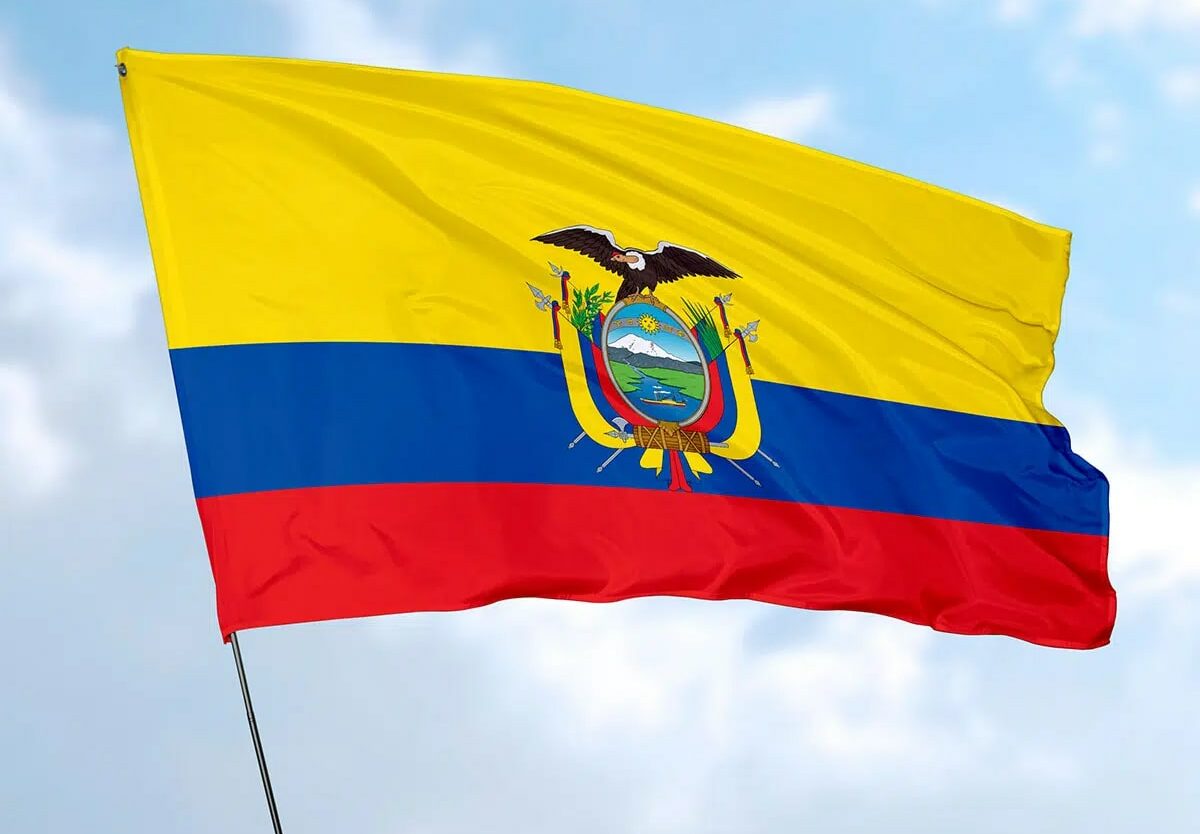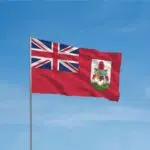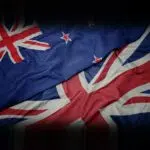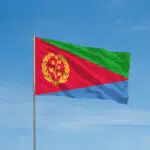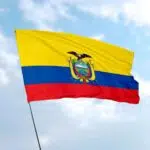The Battle of Pichincha Day on May 24 is of particular importance to Ecuadorians. It is a small but highly significant battle that freed colonies from Spanish rule. On this day in the 19th century, a battalion of rebels pitted their wits against Spanish royalist soldiers on the Cerro Pichincha, an Andean volcano, securing victory in what would be a series of wins that finally helped establish independent nations across Latin America. The Ecuadorian government established a public holiday on this day, and if May 24 happens to fall on a weekend, recommend a holiday on Friday or Monday.
History of The Battle of Pichincha Day
It was the beginning of the 19th century, and the once-glorious and powerful Spanish Empire was losing its hold over its colonies. A movement for independence from Spanish rule was sweeping Latin America.
After liberating multiple countries and cities from Spanish rule, independence leader Antonio José de Sucre y Alcalá, a close friend and military subordinate of the famous political and independence leader Simón Bolívar, turned his sights towards the Andean highlands. They freed the city of Guayaquil and turned further north. Their main aim was to liberate the city of Quito, which lay under the shadow of the Pichincha volcano. Sucre led his fighters up the slopes of the Pichincha in what he hoped would be an unseen ambush on the Spanish royalist soldiers. Unfortunately, the rebels were spotted, and the royalists met them on the slopes of the volcano itself.
Thus began the Battle of Pichincha, with both sides losing people on the craggy and treacherous slopes of the steep volcano. Sucre’s side won this skirmish, however, forcing the Spanish soldiers out of Quito once and for all. And thus, the province was finally free of its Spanish rulers. This battle was significant as it wiped out Spanish resistance to independence movements in the north of the Republic of Colombia, allowing independence leaders to move freely within this land. With the wholehearted support of the local population, the Province of Quinto was incorporated into the Republic of Columbia. Eight years later, Quito, now named Ecuador, along with Guayaquil and Cuenca, seceded from the Republic of Columbia to form the Republic of Ecuador. Even today, Ecuadorians celebrate this decisive moment that led to their freedom from the Spanish Empire.
The Battle of Pichincha Day timeline
Almost 3,000 rebel troops fight Spanish royalist soldiers on the slopes of the Pichincha volcano for the liberation of the Quito province, in what would later be called the Battle of Pichincha.
Venezuelan military and political leader Simón Bolívar comes to the newly independent Quito, to merge it with the Republic of Colombia.
The Gran Colombia nation, which includes Venezuela and Columbia apart from Ecuador, falls apart, and Ecuador soon becomes a republic by itself.
On this day, Ecuadorians celebrate the 200th anniversary of the Pichincha Battle.
The Battle of Pichincha Day FAQs
What does Ecuador celebrate on May 24?
La Batalla de Pichincha, as the Ecuadorians call it, is the main celebration held on this date.
How many people died in the Battle of Pichincha?
According to various accounts, approximately 300 soldiers from the Spanish army and 200 from the patriot army lost their lives in this battle.
How is the battle of Pichincha celebrated?
In Ecuador, this battle is celebrated with military parades, speeches, and aerial exhibitions, especially in and around the Pichincha region. Fireworks, live events, and parades are a common sight, as are music performances and school parades.
How to Observe The Battle of Pichincha Day
Dig into the history of this battle
Watch a documentary, read a book, or browse an online article on the Battle of Pichincha. There's plenty more to learn about this day and the people who brought victory to Ecuador.
Learn more about Ecuador itself
From being a part of Columbia to creating its own identity, Ecuador has a rich past. Learn all you can about this country through different sources.
Travel to Ecuador
Go in person, or take a virtual tour of this incredible country. See the Galapagos islands, visit the historic 'Cima de la Libertad' museum, or go on a visual tour of the country through various travel blogs and articles.
5 Interesting Facts About The Battle And Quito
The battle lasted only three hours
From the first moment they began to fight until the last retreat, the Battle of Pichincha lasted for only three hours.
Honoring where the battle occurred
Ecuador built a monument where the battle occurred and added a museum called 'La Cima de la Libertad' to celebrate the liberation forces.
One of the first World Heritage Sites
Quito was second on the inaugural list of World Heritage Sites — created in 1978 — and was the first city to be honored this way.
Quito’s always threatened by an active volcano
Quito is one of the world’s only capital cities to have an active volcano, the Pichincha, surrounding it.
Quinto is famous for colonial architecture
Ecuador's capital is well-known for keeping its architecture intact, much of which was built during colonial times, including 16th- and 17th-century palaces, religious sites like churches, and schools.
Why The Battle of Pichincha Day is Important
The battle itself was crucial
It liberated Ecuador, and was significant to the Latin American wars too, even though it was on a smaller scale. Its success inspired Ecuadorians and continues to do so even today.
We're witnesses to Ecuadorian pride
The Battle of Pichincha Day is an opportunity for Ecuadorians to show the world their national pride, and they don't disappoint. Civilians and the military alike hold shows and events meant to celebrate the country, the heroes that led that fateful battle, and the place it was fought.
We can see the birth of Ecuador
We get a front-row seat to the events that shaped this South American country and turned it into a strong sovereign state with a diverse landscape and a capital — Quito — renowned for its mostly intact colonial architecture.
The Battle of Pichincha Day dates
| Year | Date | Day |
|---|---|---|
| 2026 | May 24 | Sunday |
| 2027 | May 24 | Monday |
| 2028 | May 24 | Wednesday |
| 2029 | May 24 | Thursday |
| 2030 | May 24 | Friday |
